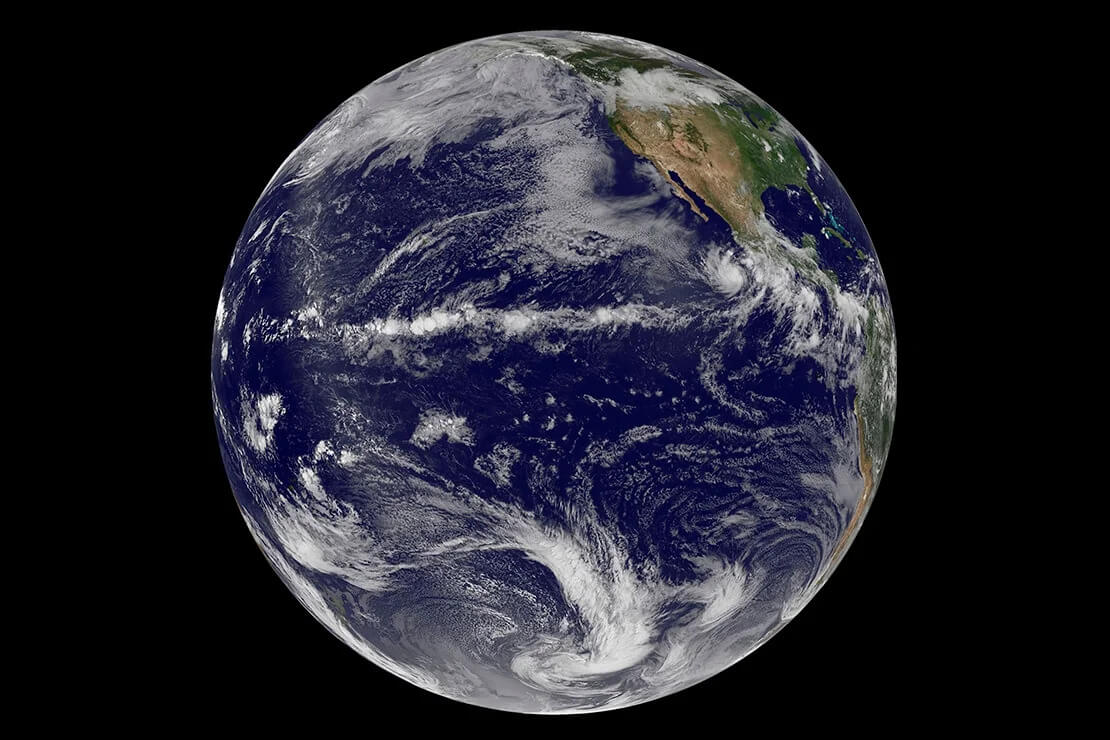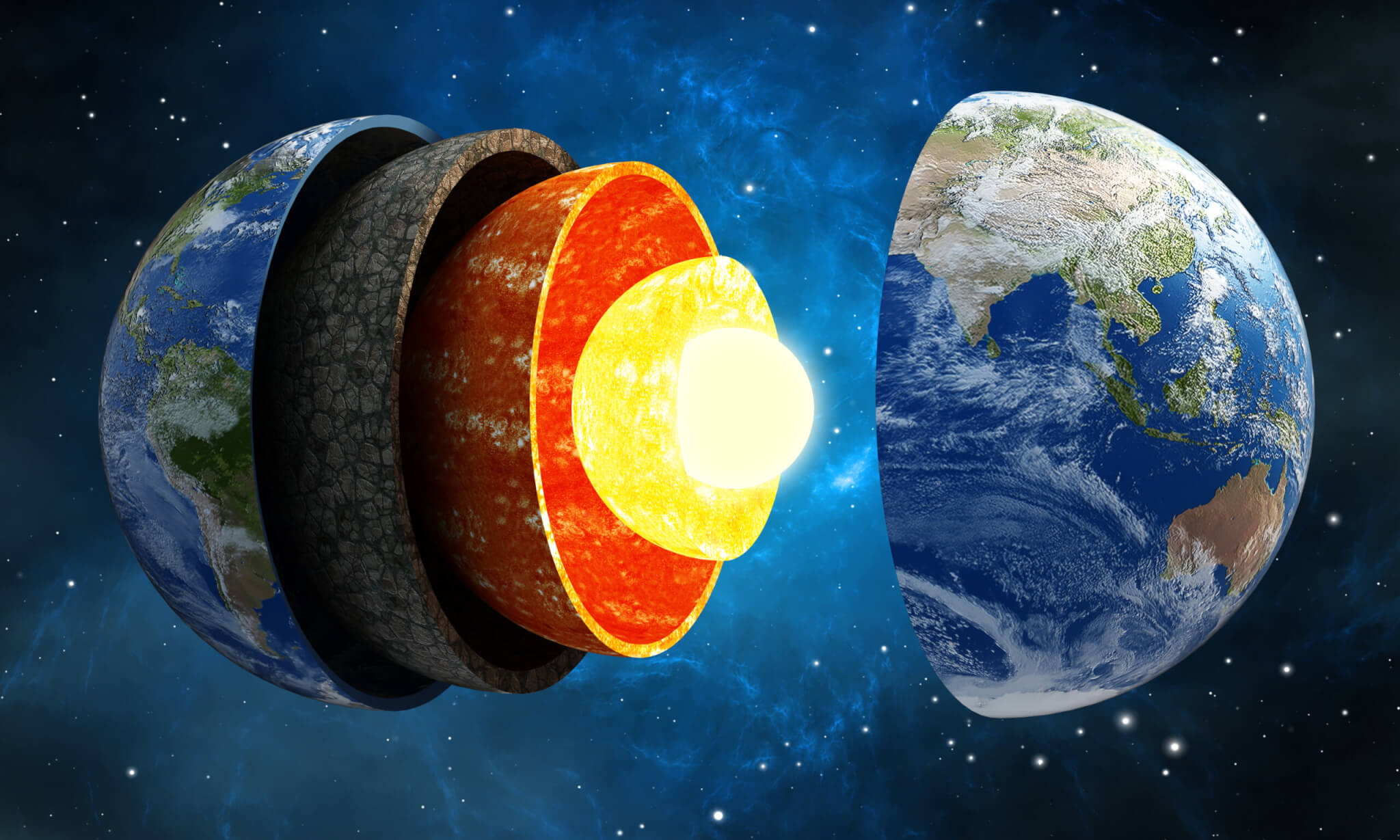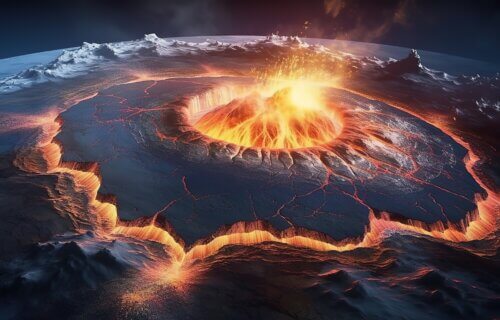TORONTO, Ontario — A new study is challenging long-held beliefs about the rigidity of the ocean floors’ tectonic plates. Geoscientists from the University of Toronto are revealing significant undersea faults that suggest these plates are not as unyielding as once thought, particularly the Pacific plate.
The century-old model of plate tectonics, which explains the movement of Earth’s outer shell, has been foundational in understanding the planet’s geological activities. This model posits that the Earth’s lithosphere is divided into large plates that glide over the semi-fluid asthenosphere beneath them.
However, the team’s findings introduce a new perspective by demonstrating that the Pacific plate is fragmented by extensive undersea faults due to internal forces pulling it apart.
“We knew that geological deformations like faults happen on the continental plate interiors far from plate boundaries,” says study author Erkan Gün, a post-doctoral researcher in the Department of Physical and Environmental Sciences at University of Toronto-Scarborough, in a media release. “But we didn’t know the same thing was happening to ocean plates.”

The faults, described as thousands of meters deep and stretching over hundreds of kilometers, challenge the previously understood concept of plate integrity.
“What we’re doing is refining plate tectonics — the theory that describes how our planet works — and showing those plates really aren’t as pristine as we previously thought,” explains study author Russell Pysklywec, a professor in the Department of Earth Sciences.
The Pacific plate, which underlies most of the Pacific Ocean, has been moving westward for millions of years, diving down into the Earth’s mantle at subduction zones stretching from Japan to New Zealand and Australia. The study sheds light on how the western edge of the plate’s descent into the mantle generates a dragging force across the entire plate, akin to a tablecloth being pulled from a table.
The team’s investigation into four plateaus in the western Pacific Ocean revealed that these regions, initially thought to be more robust due to their thickness, are actually more susceptible to damage. This finding overturns previous assumptions about the structural integrity of sub-oceanic plateaus.
“It was thought that because the sub-oceanic plateaus are thicker, they should be stronger,” notes Gün. “But our models and seismic data show it’s actually the opposite: the plateaus are weaker.”

By utilizing supercomputer models and analyzing seismic data, some of which were collected in the 1970s and ’80s, the team was able to uncover evidence of past volcanic activity linked to the newly discovered faults.
“There is evidence that volcanism occurred at these sites in the past as a result of this type of plate damage — perhaps episodically or continuously — but it isn’t clear if that’s happening now,” says Gün. “Still, we can’t be certain because the plateaus are thousands of meters below the ocean surface and sending research vessels to collect data is a major effort. So, in fact, we’re hopeful our paper brings some attention to the plateaus and more data will be collected.”
This revolutionary study not only challenges established notions within the geological community but also honors the legacy of John Tuzo Wilson, a former University of Toronto scientist who significantly contributed to the development of plate tectonic theory.
“A new finding like this overturns what we’ve understood and taught about the active Earth,” concludes Pysklywec. “And it shows that there are still radical mysteries about even the grand operation of our evolving planet.”
The study is published in the journal Geophysical Research Letters.
